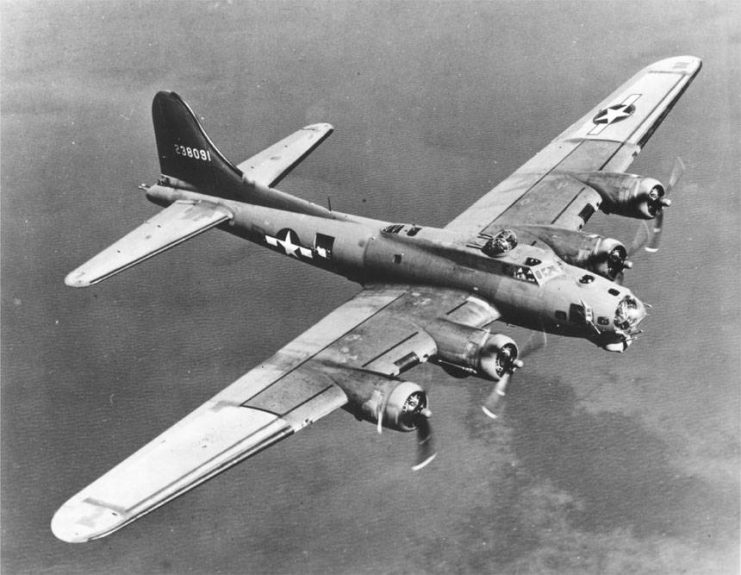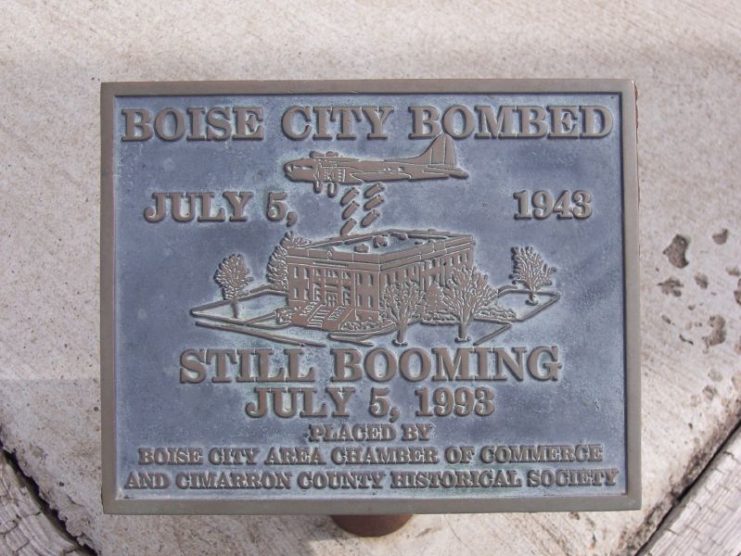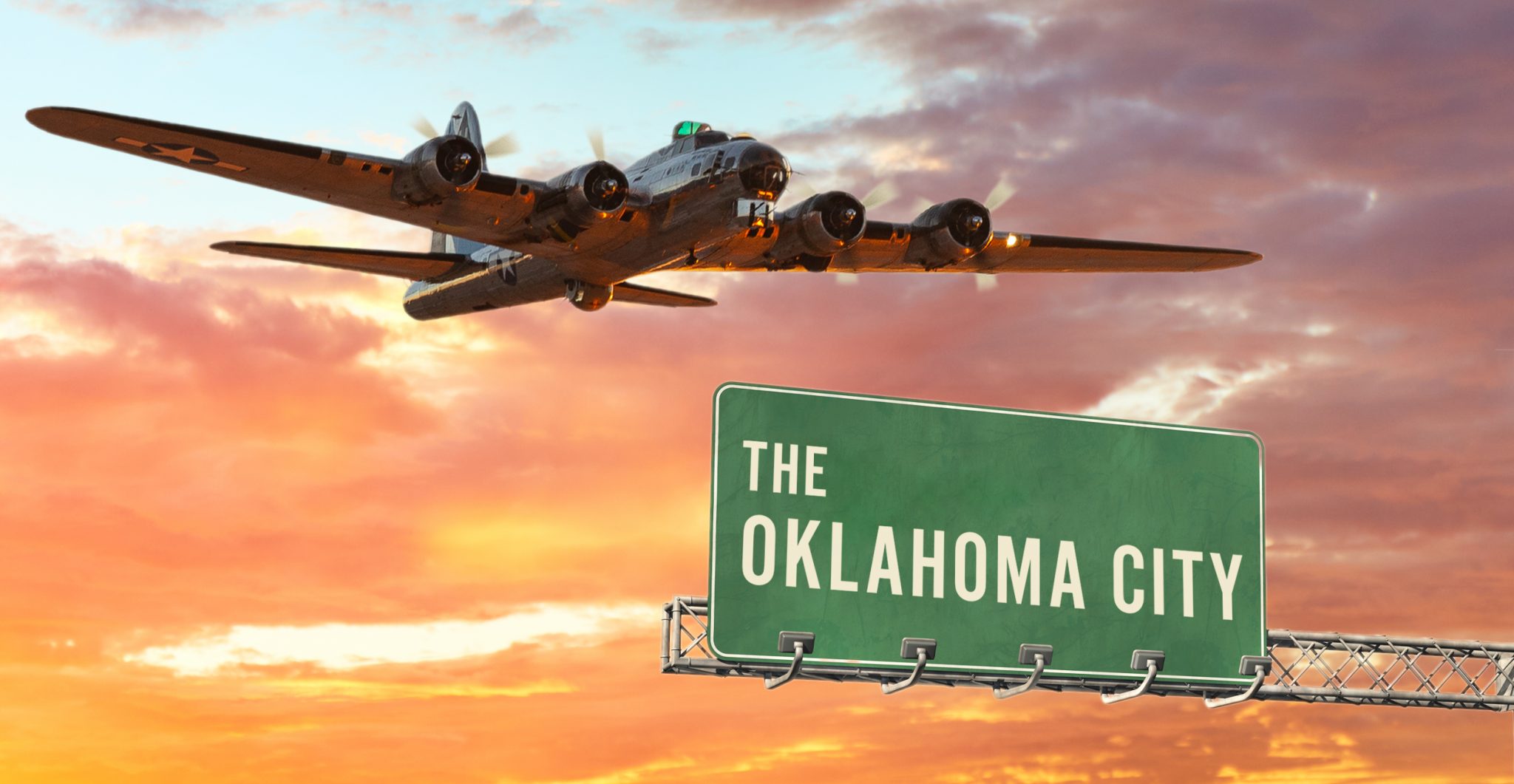Many people believe that the only attack on the United States during WWII, was on December 7, 1941, when the Japanese bombed Pearl Harbor Naval Base on the island of Oahu near Honolulu, Hawaii. In fact, another bombing on American soil occurred in July of 1943, in Boise City, Oklahoma – by US planes.
The city lies deep in Dust Bowl country, near the westernmost part of the Oklahoma Panhandle at the borders of Colorado, New Mexico, Kansas, and Texas. It is the least likely place anyone would expect bombs to drop, but on July 5, 1943, no less than six bombs fell on Boise City.
While on training exercises at Dalhart Army Air Base in Texas, just south of Boise City, a B-17 Flying Fortress Bomber, carrying a crew of ten, strayed off course from its intended target; an empty field near Conlen, Texas.
Not long after midnight, when the majority of the city’s citizens were in bed asleep, the first bomb dropped on a residential garage, leaving a four-foot hole in the floor when it exploded. The next bomb exploded in the yard of the First Baptist Church, breaking all its windows.

The Style Shoppe, a beauty salon in the downtown area, was the next to be hit, with a bomb landing on the curb in front of the building just yards away from a parked munitions truck. Bomb number four fell in the street, close to a fuel transport truck, while its driver was having a late dinner at the local café. Both truck drivers raced to get their trucks away before any more bombs fell. The last two bombs exploded near railroad tracks, close to the edge of the city and in the yard of a residential home.
The mission was a training exercise, so luckily none of the bombs were as lethal as otherwise might have been expected. They were filled with ninety pounds of sand and only four pounds of dynamite, so the practice bombs made only three to four-foot craters, and no one was injured. If real bombs had been used there would have been carnage. It was estimated that property damage was about $25 – a reasonable sum in those days.
When the bombings started, John Adkins, the local air raid warning officer, contacted Dalhart base to inform them the plane was dropping its load in the wrong place. Meanwhile, an electric company worker shut down power to the city, as was standard practice during a wartime air raid, to prevent enemy bombers identifying their targets.

The intended bombing site in Texas was marked with four lights around its perimeter. Coincidently, there were four lights around the edge of Boise City’s Courthouse, leading the misguided pilot and bombardiers to believe they were in the right place. About a year after the mishap in Boise City, the same men flew at the head of a daylight bombing mission over Berlin, collecting accolades and medals for the entire crew.
On July 5, 1993, the city unveiled a plaque and a statue of a bomb partially embedded into the ground to mark the 50th anniversary of the mistaken bomb raid. At the dedication, Stan Manske, a town attorney stated,
“The memorial is really a reminder of the power of motivation. Here’s this crew. They screw up — and they go out and prove to the world they’re the best crew in the world. Everyone makes mistakes.”
The plaque, erected by the Boise City Area Chamber of Commerce and the Historical Society of Cimarron County, reads,
“Boise City bombed July 5, 1943. Still booming July 5, 1993” around a picture of the Courthouse with a B-17 bomber overhead dropping exactly six bombs.
Although the members of the crew of the unfortunate bombing raid on Boise City were invited to the dedication, none attended.
